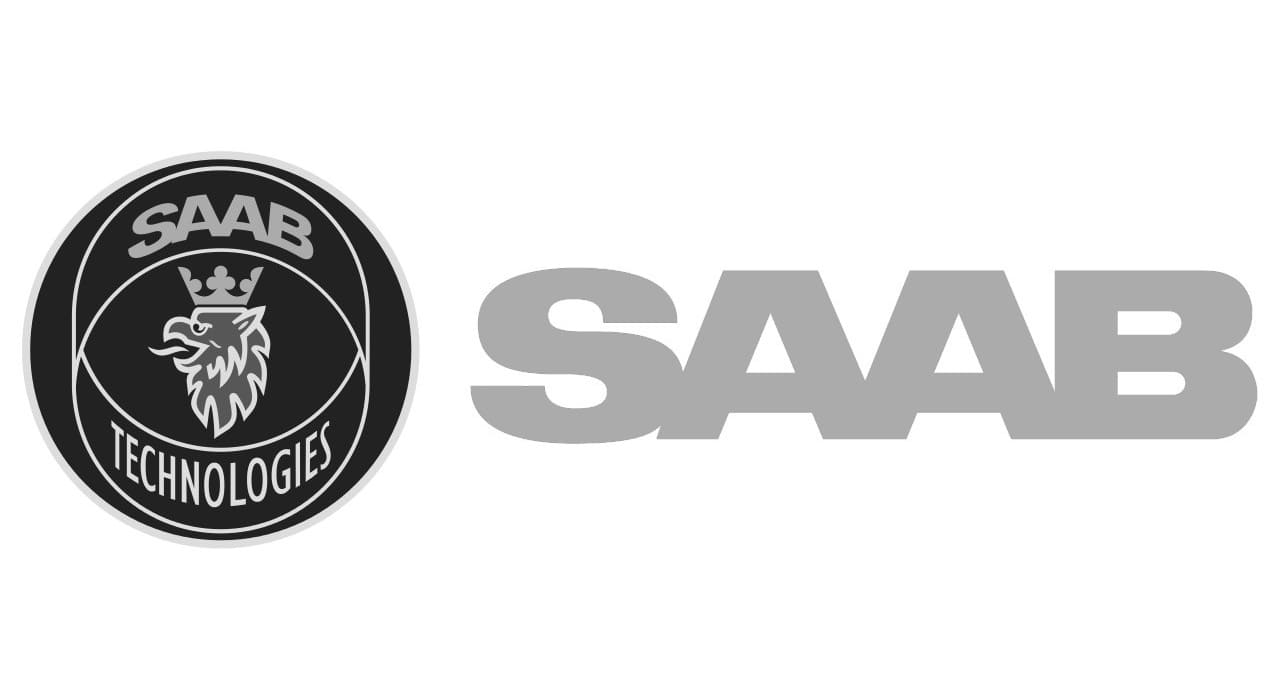5 Key Programming Lessons Learned From Professionals
페이지 정보

본문
 What Are the Different Types of Key Programming?
What Are the Different Types of Key Programming?The process of programming a car key allows you to have an extra key reprogramming for your mobile car key programming near me. You can program a key through a car key programmer near me dealer or a hardware shop, but this is usually a lengthy and costly procedure.
A specialized tool is needed to execute key programming and these are typically bidirectional OBD-II tools. These units can harvest the PIN code, EEPROM chips, and modules of the vehicle.
Transponder codes
A transponder code is a four-digit number that is used to identify an aircraft. Its function is to help Air Traffic Control (ATC) identify the aircraft and ensure it doesn't go missing on radar screens. There are various codes that can be used and they are usually assigned by an ATC facility. Each code has its own meaning and is used to define different types of aviation activity.
The number of available codes is limited, however they are divided into distinct groups based on the type of code they are used for. A mode C transponder, for example is only able to use primary and secondary codes (2000 7500, 7000, 2000). There are also non-discrete codes that are used in emergencies. These codes are utilized by ATC when it is unable to determine the call number of the pilot or the location of the aircraft.
Transponders make use of radio frequency communication to send a unique identification code and other information to radars. There are three modes of RF communication that are available: mode A, mode C, and mode S. In accordance with the mode, the transponder transmits different types of data to radars, including identification codes and pressure altitude and position of the aircraft.
Mode C transponders transmit the pilot's callsign as well. These are typically used by IFR flights, as well as those flying at higher altitudes. The "squawk button" is the most common name for the ident button on these transponders. When pilots press the squawk button ATC radar detects the code and displays it on their display.
It's important to change the code of a transponder mode C correctly. If the incorrect code is entered, it could trigger alarms in ATC centers and cause F16s scramble for the aircraft. It is best to enter the code while the aircraft is on standby.
Certain vehicles require special key programming tools that convert a transponder to a new key. These tools connect to the vehicle's computer in order to enter programming mode and even clone existing transponders. These tools might also be capable of flashing new codes to an EEPROM chip, module or any other device based on the model of vehicle. These tools can function as standalone units or integrated into more sophisticated scan tools. These tools are also equipped with a bidirectional OBD-II connector and can be used on many different car models.
PIN codes
If used in ATM transactions, POS (point of sale) machines, or as passwords to secure computer systems PIN codes are an important component of our modern world. They are used to authenticate banks and cardholders with government, employees with employers, and computers with users.
Many people believe that longer PIN codes are more secure however this isn't always the case. A six-digit PIN code does not offer more security than a four-digit one, as per a study conducted by researchers at the Ruhr University and the Max Planck Institute for Security and Privacy in Germany.
Avoid repeating digits and consecutive numbers since they are easy to deduce by hackers. It is also recommended to mix letters and numbers, as these are harder to crack.
EEPROM chips
EEPROM chips store data even when the power is off. These are great for devices that have data and need to retrieve it at a later time. These chips are often employed in remote keyless systems and smart cards. They can be programmed to perform different functions, like storage of configurations or parameters. They are useful for developers as they can be programmed car keys on the machine without having to remove them. They can also be read with electricity, but they only have a limited retention time.
Contrary to flash memory EEPROMs can be erased many times without losing any data. EEPROM chips are made up of field effect transistors with a floating gate. When an electric voltage is applied to the chip to the gate, electrons are locked in the gate, and their presence or absence translates into information. Depending on the architecture and condition of the chip, it is able to be programmed in a variety ways. Certain EEPROMs are byte or bit-addressable. Other require a complete block of data to be written.
To program EEPROMs, a programmer first has to confirm that the device functions correctly. This can be verified by comparing the code with an original file. If the code isn't the same, the EEPROM could be in error. This can be fixed by replacing it with a new one. If the problem continues, it is likely there is a problem in the circuit.
Comparing the EEPROM with another chip within the same circuit is an effective method to test its validity. This can be done using any universal programer that allows users to read and compare EEPROMs. If you are unable to get a clean reading, you can blow the code into a new chip and compare them. This will help you identify the issue.
It is essential that anyone involved in the building technology industry understands how each component works. A single component failure could be detrimental to the whole system. It is therefore essential to test your EEPROM chips before putting them in production. You can be assured that your device will work exactly as you expect it to.
Modules
Modules are a structure for programming that permits the development of separate pieces of software code. They are often used in large complex projects to manage dependencies and provide an obvious separation between different areas of the software application. Modules can also be used to build code libraries that work with a variety of devices and apps.
A module is a collection of functions or classes which a program can utilize to provide the function of a service. The program utilizes modules to improve the functionality or performance of the system, and is then shared with other programs using the same module. This can make large-scale projects simpler and enhance the quality of the code.
The manner in which a module is used in the program is determined by the interface of the module. A well-designed interface is clear and easy to comprehend, making it simple for other programs to access the module. This is known as abstraction by specification. It is very beneficial, even if there is only one programmer on a relatively-sized program. This is particularly important when more than one programmer is working on a large program.
Typically, a program only uses a small subset of the module's functionality. Modules limit the number of locations where bugs can be found. For example, if a function is modified in a module every program that uses the function will be automatically updated to the latest version. This can be much faster than changing the entire program.
The import statement will make the contents of a module accessible to other programs. It can take various forms. The most commonly used method to import namespaces is by using the colon , followed by an alphabetical list of names that the locksmith near me program key fob or other modules want to use. A program can also use the NOT: statement to specify what it doesn't intend to import. This is particularly useful when you're experimenting with the interactive interpreter to try out or discover the features, since it allows you to swiftly access all the module's functions without having to enter too much.
- 이전글15 Of The Most Popular Small Sleeper Couch Bloggers You Need To Follow 24.12.11
- 다음글10 Quick Tips For Ford Key Cutting 24.12.11
댓글목록
등록된 댓글이 없습니다.

















